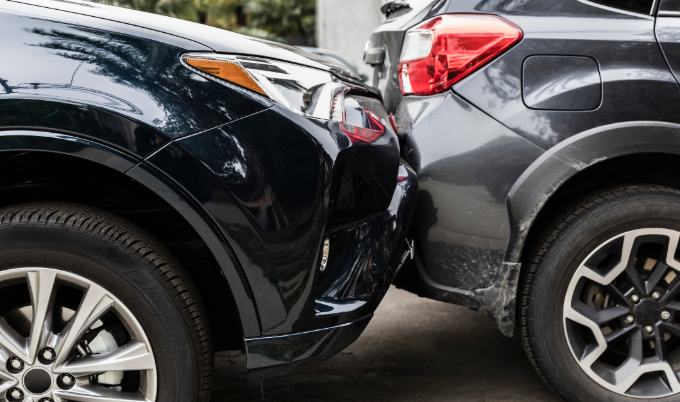How can I insure a loaner car ? In general, auto insurance follows the car, not the driver. Regardless of who drives the car, the owner and insurance holder are generally responsible for financial damages in combination with their rebuilt insurance.
We explain how this works for the owner and the driver who borrowed the car.
A loaner vehicle is covered under the auto owner’s insurance policy when:
- Most auto insurance policies have a “permissive driver clause.” That means the car owner can occasionally lend their vehicle to a friend or family member, and their insurance will still cover any potential damage according to the policy.
- If you borrow a car , that means you are not responsible for the damage. The owner and their insurance is responsible for the deductible and for working with the insurance company if you have an accident while driving the car.
- Although, that is not entirely true. You could still be liable for damages after the car owner’s insurance has run out. It is important to note that insurance follows the car, not the driver. But illegal acts follow the driver, not the car.
- If you lend the car , you should know that you are responsible for anyone who is given permission to drive your vehicle. If you have an accident and they are found at fault, your insurance will cover the costs. That means you’ll be responsible for paying the associated deductible and your insurance could be affected (and your premiums could go up in the future).
When Auto Insurance Does NOT Cover a Borrowed Car
There are some cases where auto owner’s insurance does not provide coverage for a borrowed car.
- Frequent drivers: If you regularly lend someone your car, your insurance company might consider you a “frequent” driver. Insurance companies will not cover frequent drivers unless they are included in your policy.
If someone borrows your car for long periods of time or repeatedly, they should be added to your insurance policy as an additional driver.
- Household member: If someone in your household borrows the car, your insurance may not cover them if they are not listed as a driver on your account. That’s because your insurance company assumes he might be a frequent driver, so he should be listed.
- Excluded drivers: In some cases, it’s financially smart to leave a spouse or teen driver off your policy if they have a poor driving record that could increase your premiums. Specifically, excluding them from the policy reduces your driving risk, which in turn lowers your insurance premium.
But if an excluded driver borrows your car, your insurance company won’t cover the damage if they get into an accident.
- Business driving : If someone borrows your car for business or commercial purposes, your standard auto insurance is voided. This can include if someone is using your vehicle, to take a client to lunch, or if they are an Uber driver with your car . Generally, any type of business conducted in a borrowed car is not covered by the car owner’s insurance policy.
- Uninsured driver: Although car insurance follows the car, if you lend your car to a driver who doesn’t have a license or their own insurance, your insurance company may not pay for the damage they cause. You could be fully responsible for the accrued costs.
If you don’t give permission
If you have not given someone permission to use your car, you are not responsible for any damage that occurs. This includes a thief who steals your car, as well as someone who asked permission and you explicitly denied it.
However, it is important to note that most insurance companies will assume that someone had your license to drive the vehicle.
If the driver of your car is not at fault for the accident
Let’s say you lend your car to a friend and he has an accident, but the accident was not his fault. If the other driver is found to be at fault, your insurance will not be affected. You can file a claim with the at-fault party’s insurance to have their vehicle and medical expenses covered.
Basically, if you’re lending your car, you’re lending your insurance. Before lending your car, talk to your insurance agent to find out the conditions and restrictions of your policy. Also confirm that the driver has a valid driver’s license and car insurance, and that your car registration and insurance are in the glove box.




More Stories
Top 5 Reasons Why Buying a Star Is the Most MeaningfulGift
Loan Advising in 2025: Stop Guessing, Start Borrowing Smart
How Much Does Car Recovery Cost in the UK?